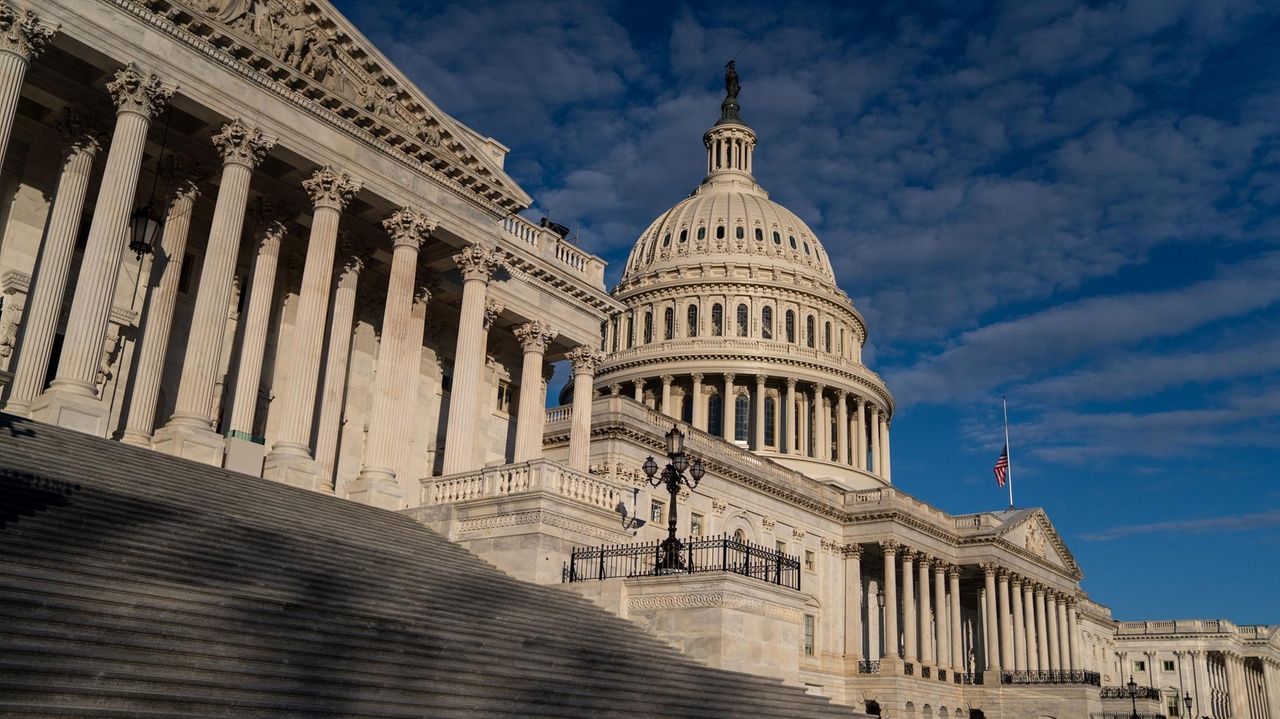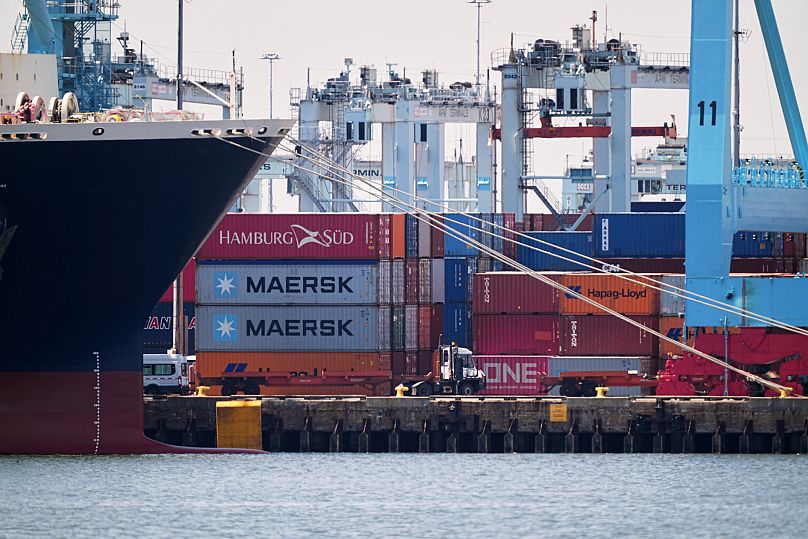Trump's Ukraine War Bombshells: From Orbán Calls to Putin's Front Line Strategy

Donald Trump recently declared that Ukraine could 'win back all its land' from Russia, a significant shift from his previous position advocating for Ukrainian territorial concessions. This bold claim, made at the UN General Assembly, has sparked extensive debate regarding the feasibility of such a comprehensive victory after more than three years of conflict. While Trump asserted that with 'time, patience, and the financial support of Europe and, in particular, NATO, the original borders from where this war started, is very much an option,' he also claimed Russia's economy was struggling and Putin was 'fighting aimlessly.'
However, the Kremlin quickly refuted Trump's statements, maintaining that Russia's economy fully supports its army and dismissing the notion that Ukraine could reclaim lost territory. Ukrainian President Volodymyr Zelenskyy praised Trump's pivot but cautioned that NATO alone cannot guarantee his country's security, emphasizing the weakness of international institutions and the ongoing 'madness.' Zelenskyy also appealed to global leaders to intervene against what he called 'the most destructive arms race in human history,' warning of catastrophic outcomes from the combination of drone technology and artificial intelligence, and cautioning against an unchecked Putin expanding drone warfare across Europe.
The war, now in its fourth year, continues to be a brutal conflict marked by significant disparities between the two nations. Russia currently occupies approximately 19 percent of Ukrainian territory, including Crimea, Kherson, Zaporizhzhia, Luhansk, and Donetsk. These occupied areas are heavily fortified with extensive trench networks, anti-tank ditches, 'dragon's teeth' barriers, and minefields, described by the UK Ministry of Defence as among the densest in the world. Colonel Philip Ingram, a former British Army officer and intelligence expert, characterized the task of reclaiming occupied land as 'mammoth' from a pure military standpoint. Still, he suggested a geopolitical path exists, contingent on Russia's ability to sustain its operations collapsing, particularly through the destruction of its oil and gas industries which fund the war effort.
A detailed comparison of military capabilities reveals a stark imbalance. In terms of manpower, Russia holds a clear advantage with approximately 1.32 million active military personnel compared to Ukraine's 900,000. This nearly half-million difference provides Moscow greater capacity for troop rotation, reserves, and absorbing casualties. Additionally, Russia's reserve personnel tally stands at 2 million, 800,000 more than Ukraine's 1.2 million. North Korea has also reportedly sent about 11,000 troops to bolster Russian forces. Colonel Ingram noted that while both sides face recruitment difficulties, Russia's larger population and coercive power enable Putin to force people into military service more readily. Both nations have suffered devastating losses, with estimates suggesting over one million Russian casualties and more than 400,000 Ukrainian casualties. Russia's larger population base allows it to replace losses more effectively, albeit often with questionable quality recruits, while Ukraine's smaller population necessitates repeated, politically sensitive mobilizations.
Defence spending further illustrates Russia's advantage, with an official budget of approximately $126 billion, more than double Ukraine's $53.7 billion. Ukraine's budget heavily relies on foreign aid, loans, and emergency spending from allies, as it cannot domestically produce the necessary shells, missiles, and tanks to sustain its war effort. Russia, by contrast, has a larger economy that channels more resources into its defence industries, enabling it to produce its own weaponry at scale.
The disparity in air power is even more pronounced. Russia's total aircraft inventory, encompassing fixed-wing and rotary assets, numbers 4,292, compared to Ukraine's 324, a ratio exceeding 13 to one. Russia's fleet includes modern fighters (Su-35, Su-30) and bombers (Tu-95, Tu-22M) capable of long-range missile strikes, deploying glide bombs, and maintaining air patrols. Ukraine, in contrast, relies on aging MiG-29s and Su-27s, though the anticipated delivery of Western F-16s is expected to gradually enhance its air capabilities. This aerial imbalance forces Ukraine to heavily depend on Western-supplied air defence systems like Patriot and NASAMS, drones, and innovative tactics to deny Russia total air superiority.
In ground warfare, Russia also maintains a significant advantage in armoured strength, possessing 5,750 tanks compared to Ukraine's 1,114. This allows Russia to mass armour at critical points along the front, compelling Ukraine to stretch its defences. Ukraine's smaller tank fleet necessitates their use as precious assets in combined arms assaults. The loss of even a few modern Western tanks is a severe blow, leading Ukraine to increasingly employ drones, anti-tank guided missiles, and artillery to counter Russian armoured attacks.
Naval forces present a similarly uneven picture, with Ukraine possessing 89 units against Russia's 419. Russia's fleet includes 63 submarines, 83 corvettes, and numerous other vessels, enabling it to blockade Ukrainian ports, launch missiles from the Black Sea, and project power across multiple theatres. Despite symbolic victories like the sinking of the Moskva, Ukraine's navy consists mostly of smaller craft. Kyiv has shown ingenuity in responding with sea drones and long-range missiles to target Russian ships, but the fundamental numerical dominance remains with Russia.
Despite these numerical disadvantages, Colonel Ingram emphasized Ukraine's crucial advantage: fighting a 'war of national survival,' which cultivates a powerful and scientifically unquantifiable 'moral component' of fighting power—resolve that Russia lacks. He argued that the most definitive way for Ukraine to win is to cripple Russia's economy by halting its oil and gas exports, potentially through secondary sanctions on countries like China and India.
Adding to the geopolitical complexities, Trump has also pressed NATO allies, including Hungary, to suspend Russian oil imports to undermine Russia's war economy. Hungarian Foreign Minister Péter Szijjártó confirmed discussions between Trump and Prime Minister Viktor Orbán regarding the war, peace prospects, and Central European energy supply. Orbán's cabinet minister Gergely Gulyás stated that the Prime Minister conveyed Hungary's rational economic interests, which rely on cheap Russian fossil fuels to keep utility costs down. Energy expert Attila Holoda suggested Hungary has alternative routes but that the state oil and gas company MOL resists diversification due to profit concerns. The EU is also stepping up efforts to cease Russian energy imports, with a new sanctions package potentially ending Russian LNG purchases by January 1, 2027.
Amid these developments, Ukraine and Syria formally restored diplomatic relations after a meeting between their leaders at the UN General Assembly. Ukraine had broken off relations in 2022 after the Assad government recognized the independence of occupied Ukrainian territories. While Trump's remarks offer hope to millions of Ukrainians, the hard facts of the war—Russia's superior manpower, machines, and money, coupled with its robust defence industry—underscore the immense challenge. Ukraine's determination, Western support, training, and innovation continue to offset some of this imbalance, inflicting heavy losses on Russian forces and effectively using advanced air defences and naval drones. Nevertheless, the raw figures explain why the war remains grinding and costly, with Russia consistently able to feed in more troops and machines for every Ukrainian breakthrough.
You may also like...
Sports Betting in Africa: Quick Money or Long-Term Addiction?

"Is sports betting in Africa an opportunity for wealth or a trap for addiction? Explore its impact on youth, the role of...
October 2nd: Guinea’s Independence—A Nation With Defiant Beginning and Enduring Story
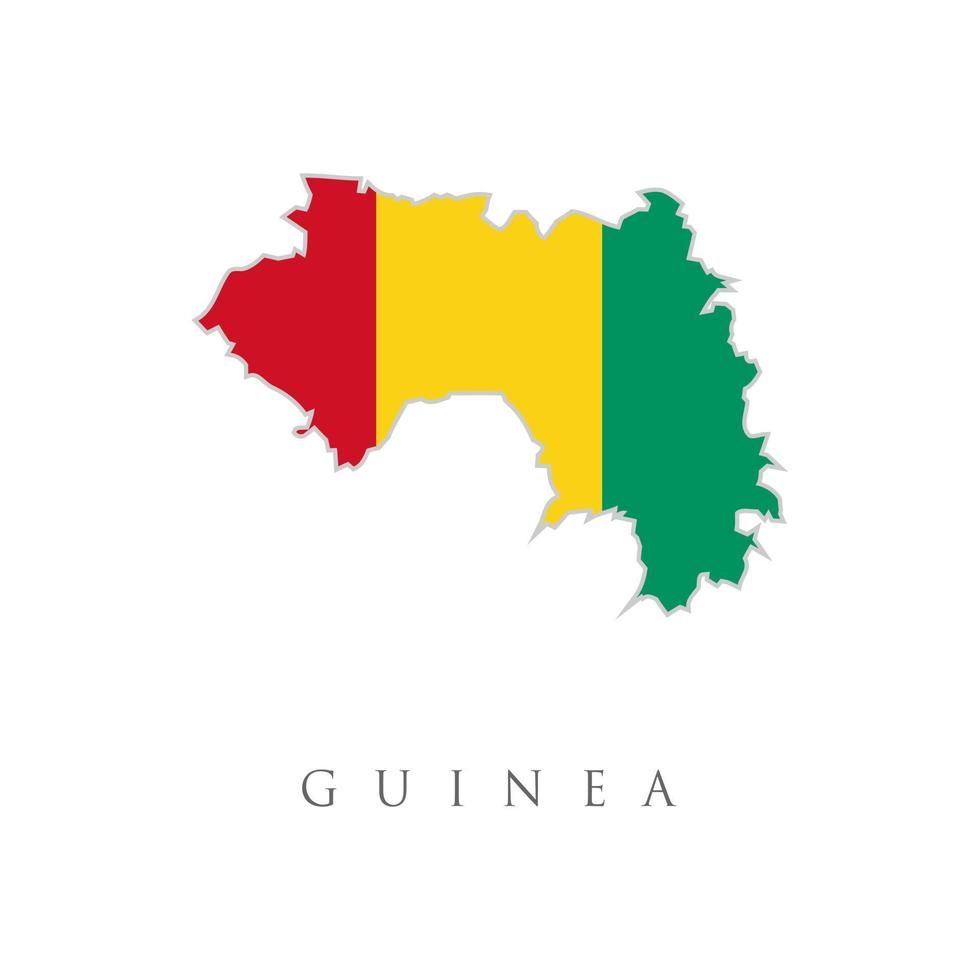
On October 2, 1958, Guinea made history as the first French colony in Sub-Saharan Africa to boldly declare independence....
The Jumia Story: Lessons From Africa’s First Tech Unicorn
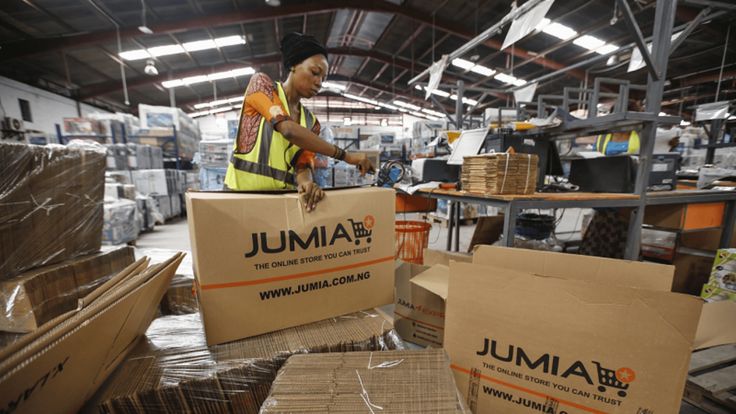
Discover the story of Jumia, Africa’s first tech unicorn, and how platforms like Glovo and Bokku are reshaping e-commerc...
The Silent Cognitive Crisis: Brain Complacency in the Age of AI

“AI offers convenience, but at what cost? Explore how over-reliance on artificial intelligence fuels brain complacency, ...
Legacy Continues: Football Royalty's Son Nets Stunning Screamer for Barcelona Youth

Shane Kluivert, son of Dutch football legend Patrick Kluivert, scored a spectacular 'screamer' for Barcelona's Under-19s...
WNBA Star's Terrifying Health Ordeal: Mitchell Reveals Rhabdomyolysis Left Her Paralyzed

Indiana Fever All-Star guard Kelsey Mitchell revealed she suffered from Rhabdomyolysis during a WNBA semifinal game, cau...
Warner Bros' Box Office Bubble Bursts, But Industry Shrugs: What Does It Mean?
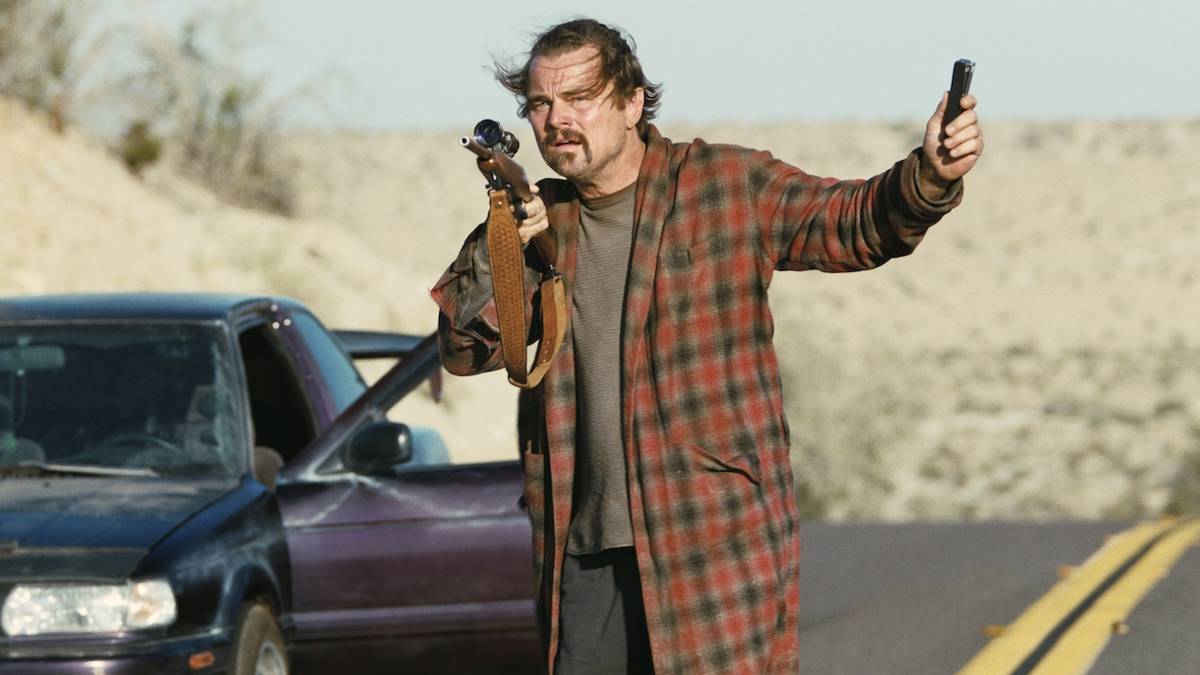
Paul Thomas Anderson's "One Battle After Another" marks a different kind of success for Warner Bros., earning critical a...
DCU's Nightmare: Are Film Franchises Repeating MCU's Fatal Flaws?
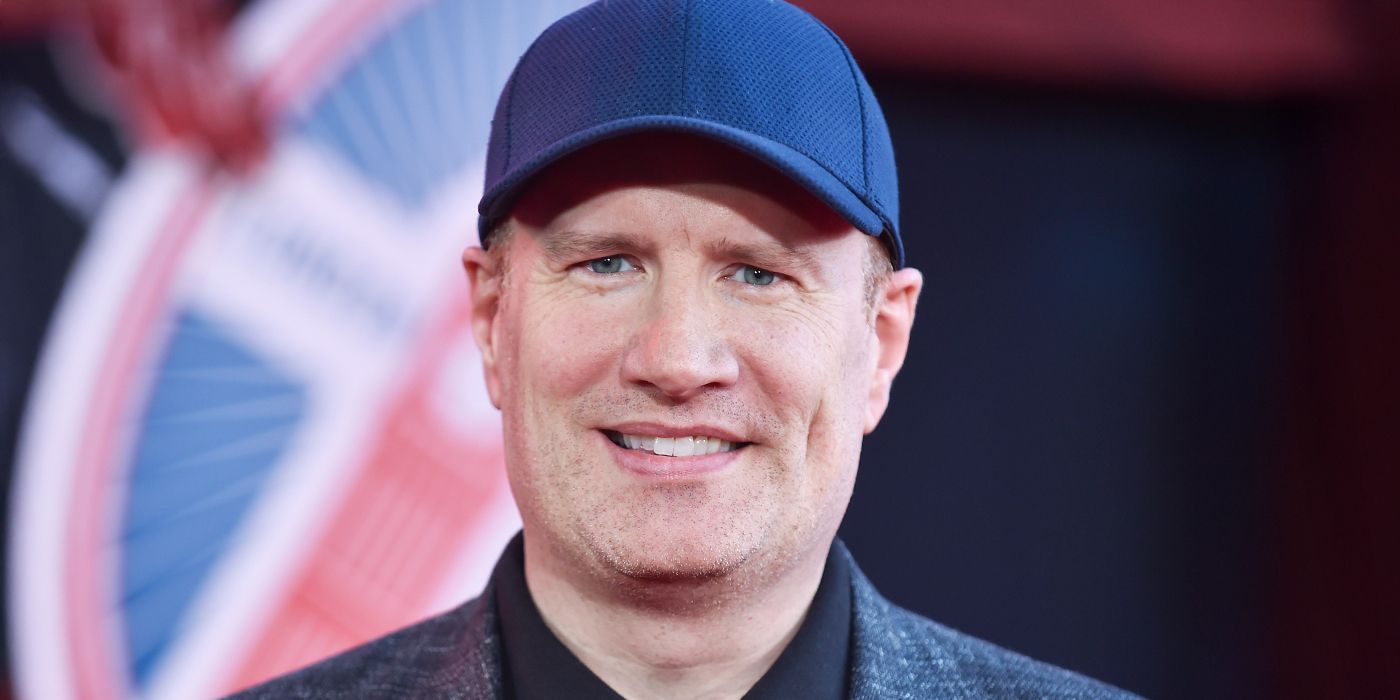
The DCU's increasing interconnectivity, particularly in <i>Peacemaker</i> Season 2, is raising concerns about potential ...
